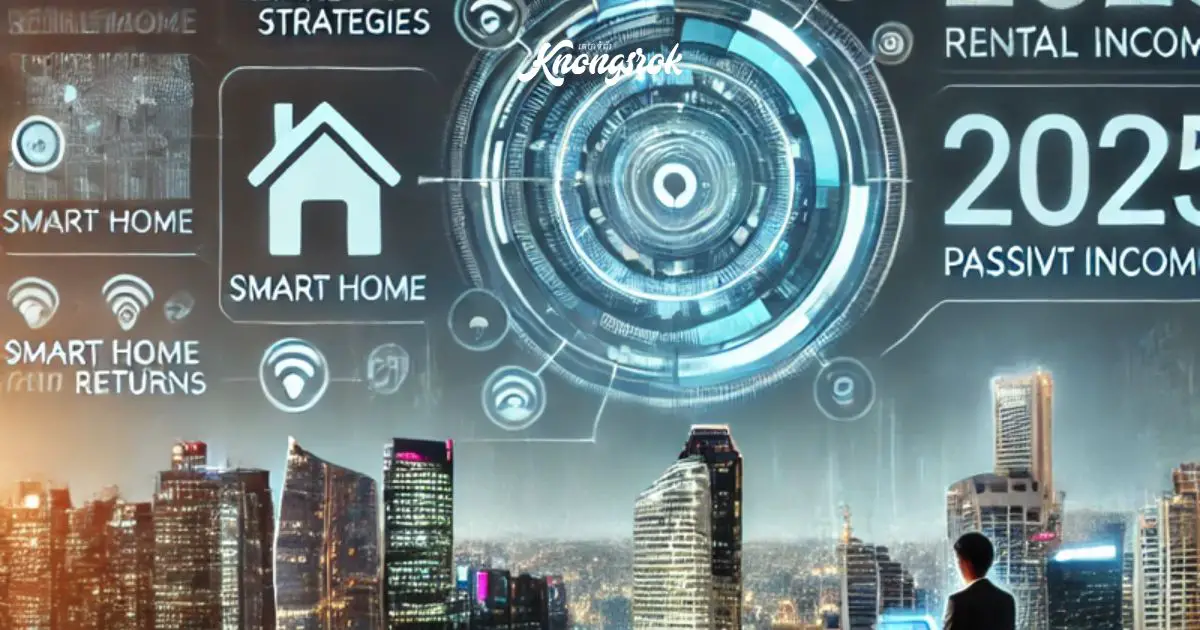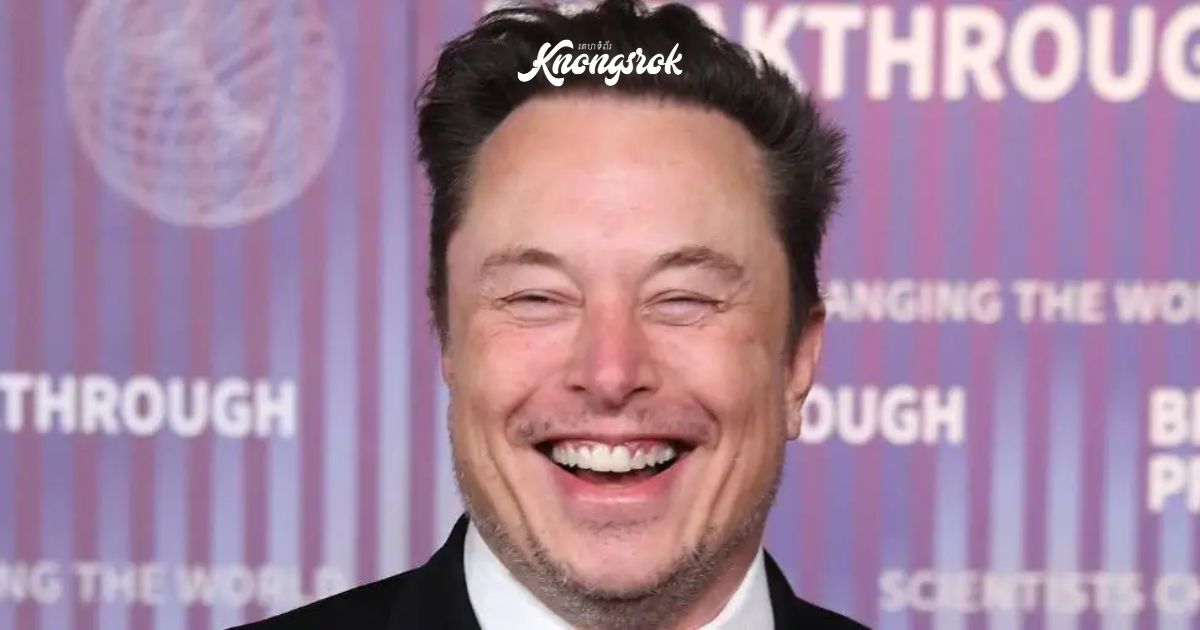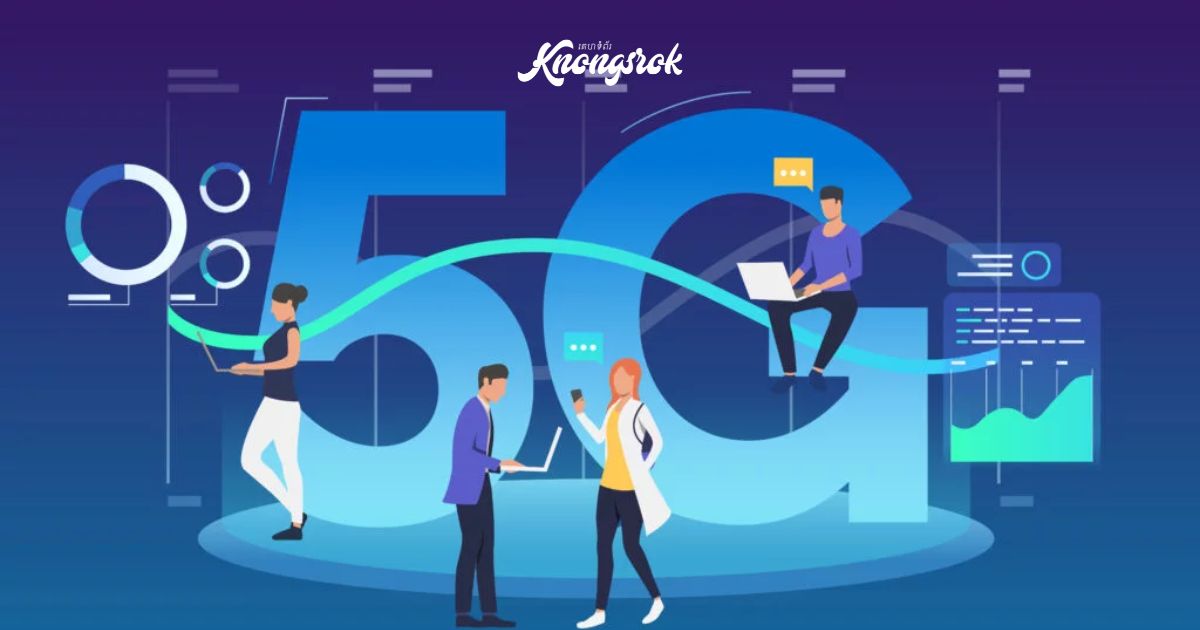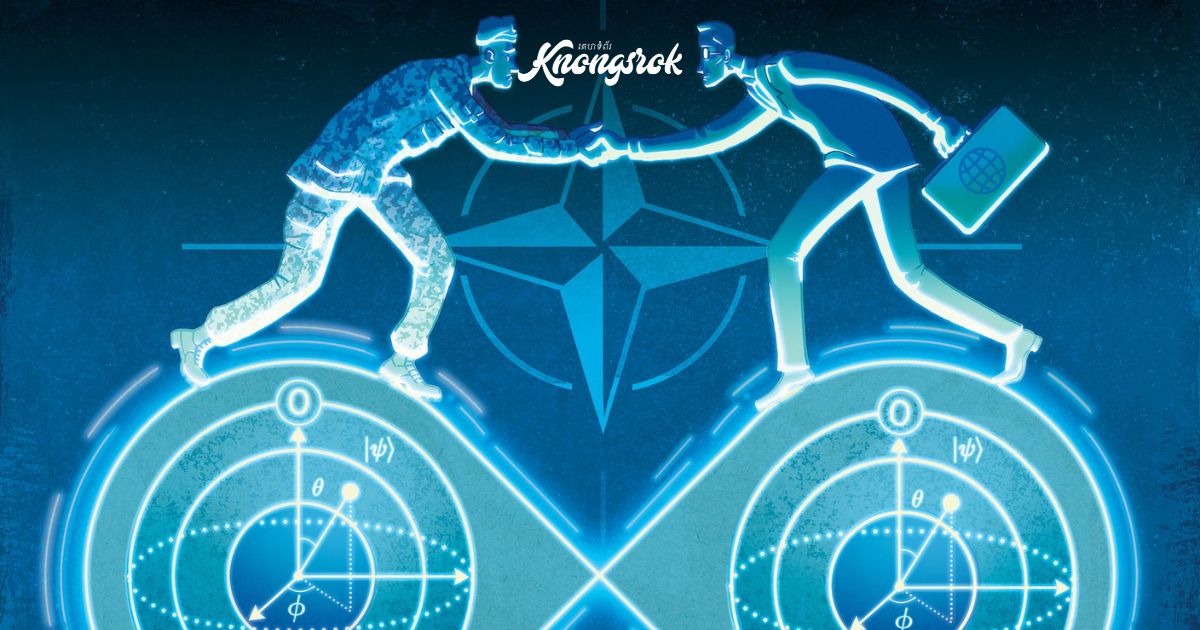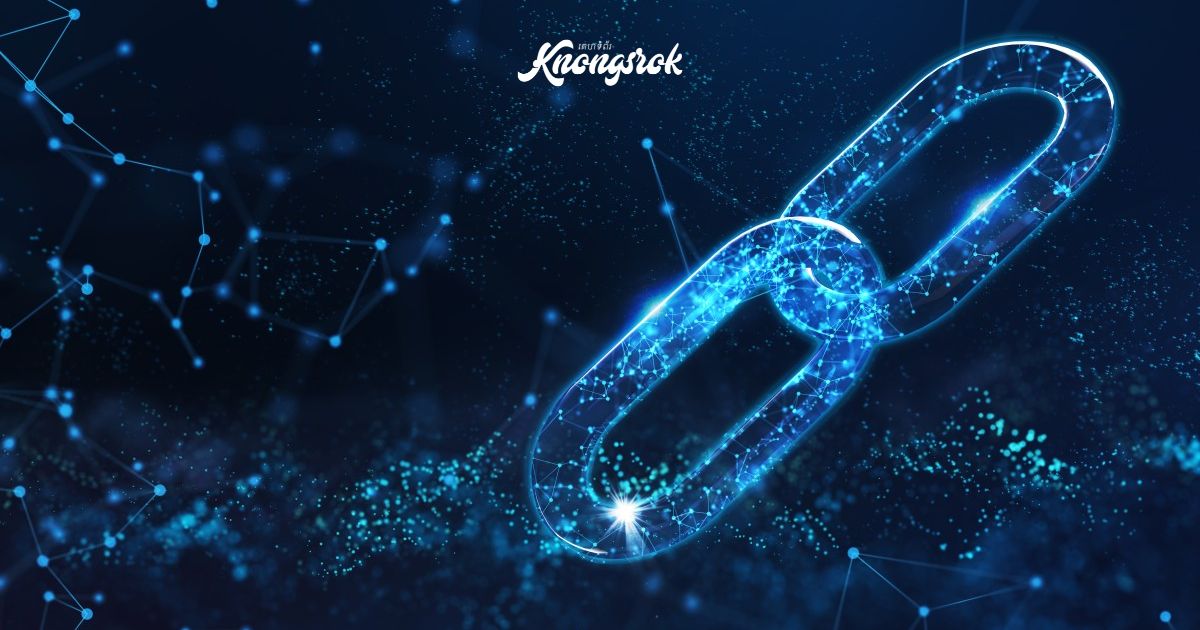True Love Finds You Between the Ages of 27 and 35, According to Science!
We all know how the story goes: you agonize over a school crush, you shuffle through a queue of young adult dates, you get involved in your first long-term relationship but still drift away after 3 or so years. Been there, done that. And each time, you think, “Yep, this must be the one,” and each time, it’s not.
Luckily, love really is a numbers game, and mathematicians figured out the age at which we’re most likely to meet our perfect match.
Our romantic life can be interpreted through a math theory.

Mathematician Dr. Hannah Fry conducted a study that revealed the age when people are most likely to find true love. In her research, she relied on math-based patterns, statistics, and algorithms, including what she called the “optimal stopping theory.”
In short, there’s a number of people that we can potentially date over the course of our lifetime, and these relationships will vary in quality. According to this theory, we can predict how many hypothetical partners we’ll have before finding “the one.” It lets us know when to stop looking and commit to the best candidate.

We maximize our chances of finding the perfect partner after age 27.

Math tells us that the chances of finding true love with the people we know during the first 37% of your romantic life are very low. Let’s say you want to get married before age of 40 and you first started dating at age 15. It means you’re unlikely to find your happy ending with the people you date from age 15 to 27.
Between 27 and 35 is a window that allows you to pick someone who is better for you than everybody that you’ve dated before. That’s because you can now look back at all that past 37% and compare.
We need those failed relationships.

Everyone you date before you turn 27 is part of the process that will lead you to find your true love. Your romantic experience and past relationships allow you to learn from them and understand what you expect from a romantic partner.
These first loves improve your ability to observe, helping you to recognize the person who fits you best. By the end of your twenties and as your enter your thirties, you will be mature and experienced enough and have a more realistic expectation of what you’re looking for in relationships.
You may have noticed that we sort of do this anyway, even without knowing all that math stuff. We give ourselves a little time to experiment and “play the field” when we’re young. We only start seriously considering potential “marriage material” once we hit our mid-to-late twenties.
Dr. Fry’s theory collides human behavior with math, but love always goes beyond numbers. Math doesn’t lie, but neither does the heart. So if you found someone you can imagine spending the rest of your life with before the age of 27, that doesn’t mean they’re not your true love. Go for what you think is best for you!
At what age did you meet your true love? How did it happen?


